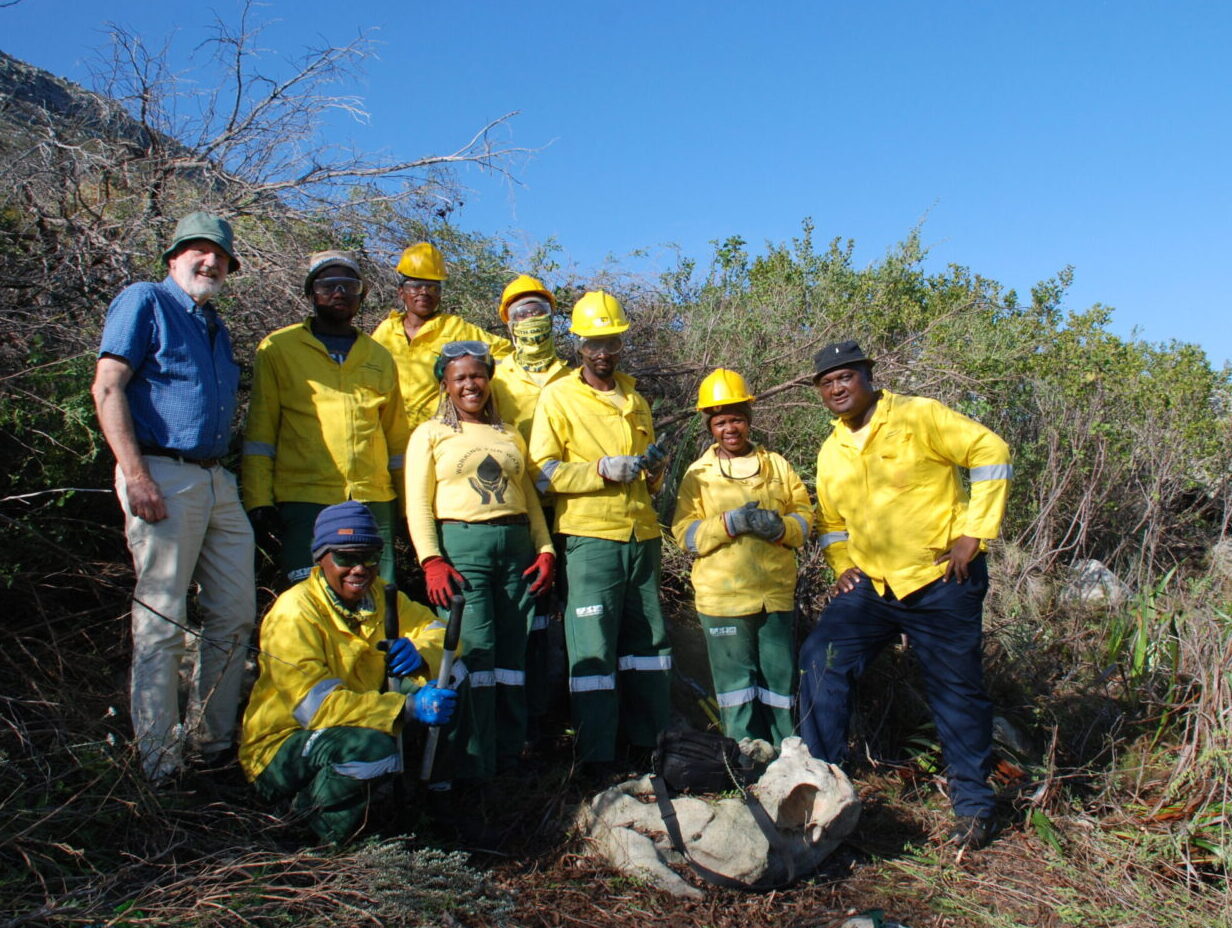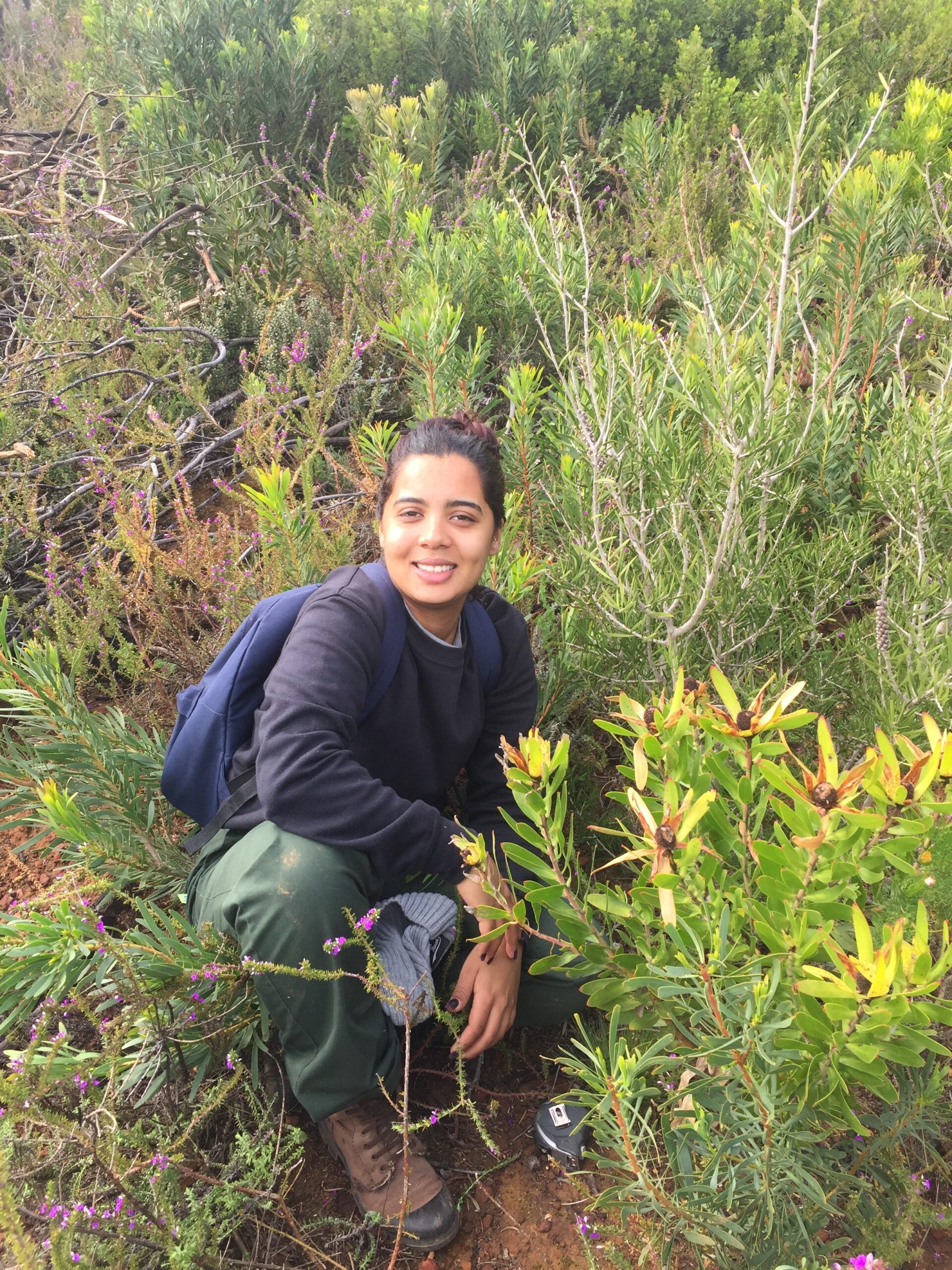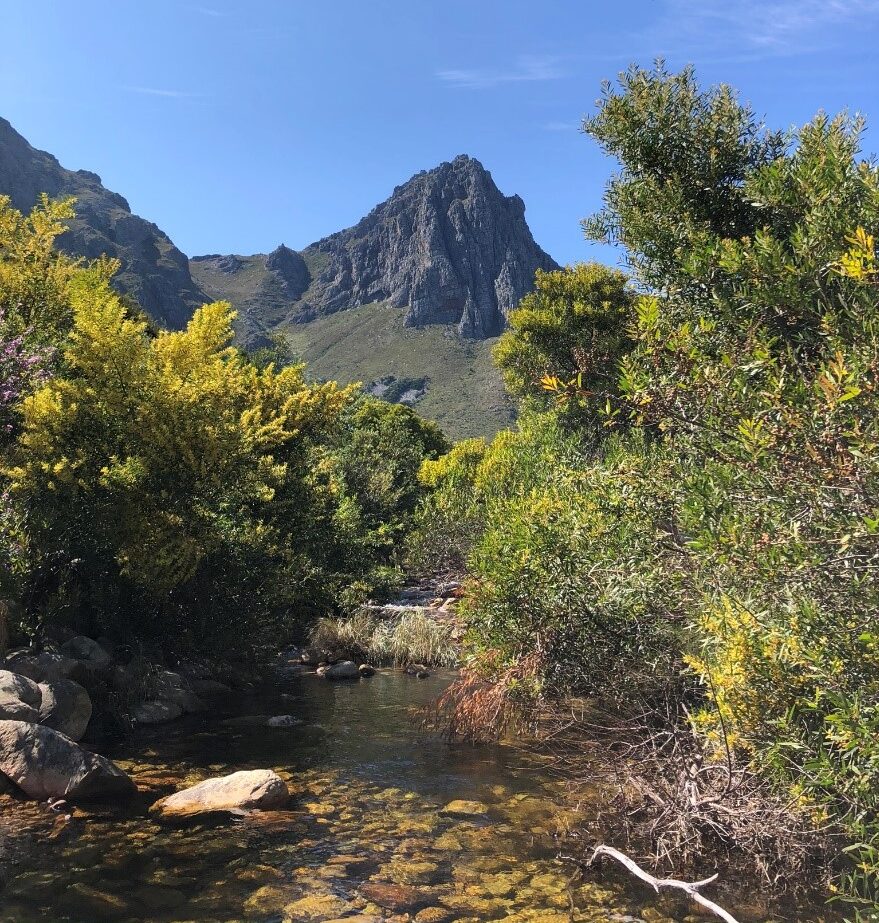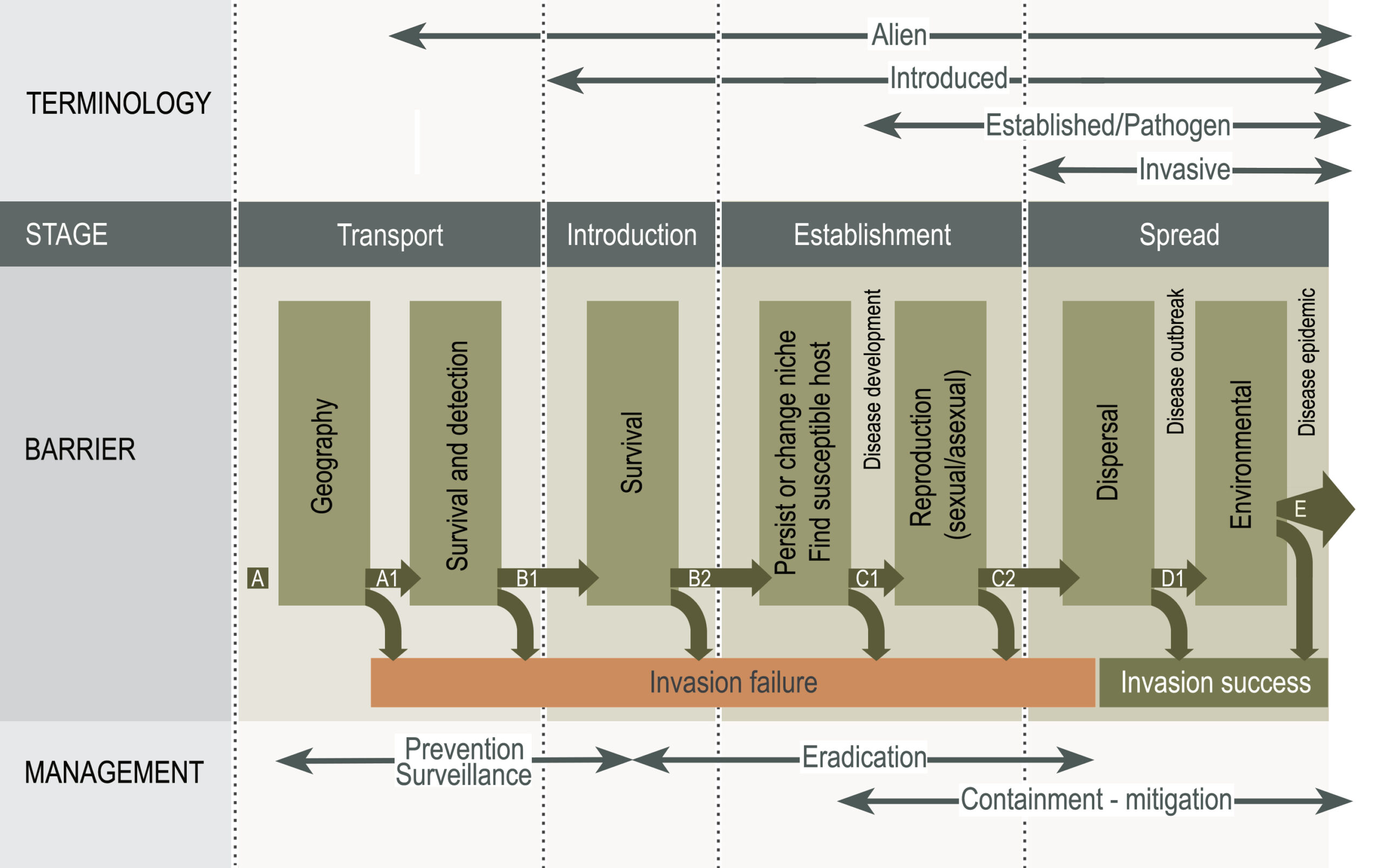Twenty years of alien plant management in South Africa reviewed
A study led by C·I·B Core Team member, Brian van Wilgen, found that clearing efforts by the Working for Water programme have only reached about 14% of the estimated invaded area in South Africa, and that alien plant invasions continued to grow when assessed at a national scale.





